Maximus IV GENE-Z UEFI Overclocking Guide
While all the news is about the latest Rampage series, lest we not forget our Maximus IV's for LGA1155 CPUs. For those that own the GENE-Z (/Gen-3 included), here is a UEFI BIOS overclocking guide for you to have fun with. Let us know how you get on, in the forums!
UEFI BIOS settings for easy overclocking the Maximus IV GENE-Z:
- Keep all Turbo Mode Parameters at AUTO or the highest possible value to unlock overclock restrictions due to Intel thermal control.
- Ai Overclock Tuner can be set to Manual to unlock BCLK/PCIE OC related options, set it to X.M.P. to load the XMP Profile off the DRAM module.
- Turbo Ratio can be set to Per Core Mode to allow higher CPU multiplier support, but with the cost of not being able to make CPU Turbo Ratio adjustments within the OS. In general applications, it is recommended to set it to All Cores Mode to allow CPU Turbo Ratio adjustment under OS.
- Internal PLL Overvoltage can be set to Enabled to allow more CPU Turbo Ratio overclocking margin with the cost of the S3/S4 resume functionality. I.e. your system will not resume be able to resume from standby with this option enabled.
- Memory Bandwidth Booster can be set to Enabled for better DRAM performance or Disabled for better OC margin.
- EPU Power Saving Mode can to be set to Disabled to prevent additional voltage drop due to EPU power saving scheme.
- Load-Line Calibration can to be set to Extreme to ensure the CPU Vcore is not to drop below the voltage level set by the user regardless of the current consumption of the CPU. This will be useful to achieve the same level of overclocking result with a relatively lower Vcore setting.
- VRM Frequency can to be set to Manual to allow manual selection of a fixed VRM operating frequency. The higher the frequency, the faster the response, which yields a relatively stable delivery of CPU Vcore for the final push to gain just a little more BCLK overclocking capability for the CPU used.
- Phase Control can be set to Extreme to keep the active power phase of the CPU PWM at max for the whole time, instead of powering down phases when CPU idles. This gains a little more margin for the CPU when been pushed to its extreme.
- Duty Control can be set to Extreme to force the PWM circuit to function with respect to its maximum possible current delivery instead of a balanced temperature for a better deliver of power to the CPU. This can also help to gain just a little more margin when trying to push the BCLK frequency to its max.
- CPU Current Capability can be set to 140% to override the level of over current protection of the CPU, allowing the CPU to drain more current from the CPU PWM, delivering more margins for the CPU to clock just a little higher.
- iGPU Load-Line Calibration can be set to Extreme to ensure the iGPU Vcore is not to drop below the voltage level set by the user regardless of the current consumption of the iGPU. This will be useful to achieve the same level of overclocking result with a relatively lower Vcore setting.
- iGPU Current Capability can be set to 140% to override the level of over current protection of the iGPU, allowing the iGPU to drain more current from the PWM, delivering more margin for the CPU to clock just a little higher.
- Likewise, the same power options are also available DRAM and VCCSA/VCCIO (DRAM controller). Raise the switching frequency, enable full phase control and disable over-current protection can help to deliver a little more OC margin.
- CPU Spread Spectrum options can be disabled for better OC capability.
- It is recommended to keep other options at their default position "Auto" for better OC capability; utilizing the OC experience of the ROG specialist team.
Author
Popular Posts

How to adjust your laptop's P-Cores and E-Cores for better performance and battery life

How to Cleanly Uninstall and Reinstall Armoury Crate

Prepare for Tandem OLED splendor with these new ROG gaming monitors
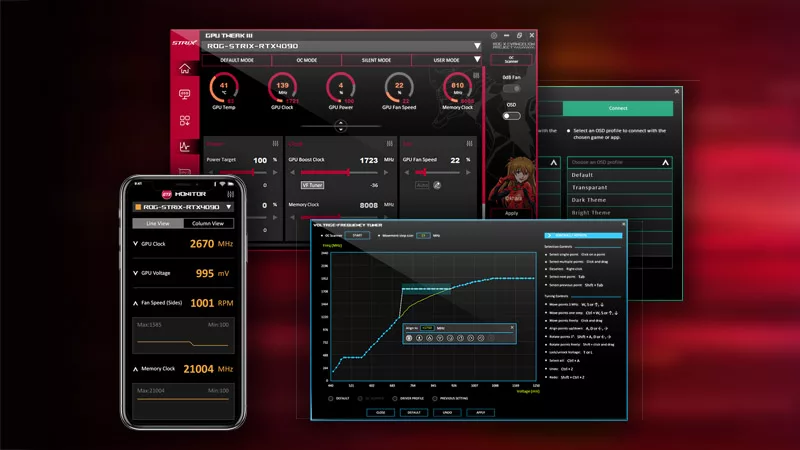
ASUS GPU Tweak III: The ultimate tool for advanced GPU tuning

32-inch glossy WOLED panels debut in the ROG Strix OLED XG32UCWMG and XG32UCWG gaming monitors
LATEST ARTICLES

See the mammoth ROG Dominus build that takes Intel's 28-core Xeon W-3175X to the Extreme
The ROG Dominus Extreme pushes the boundaries of PC performance in our awesome CES 2019 build.
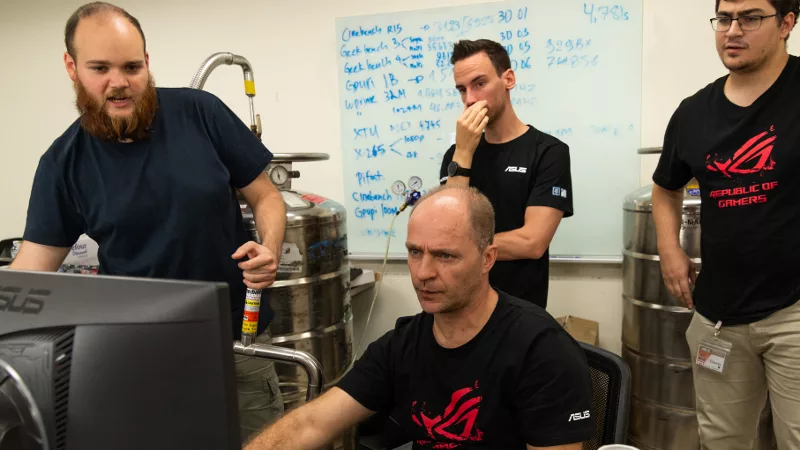
Breaking world records with the ROG Maximus XI Gene and the Intel Core i9-9900K
Tasked with pushing performance on the Z390 platform as far as possible, we invited the best overclockers to ROG HQ for a week of extreme overclocking.
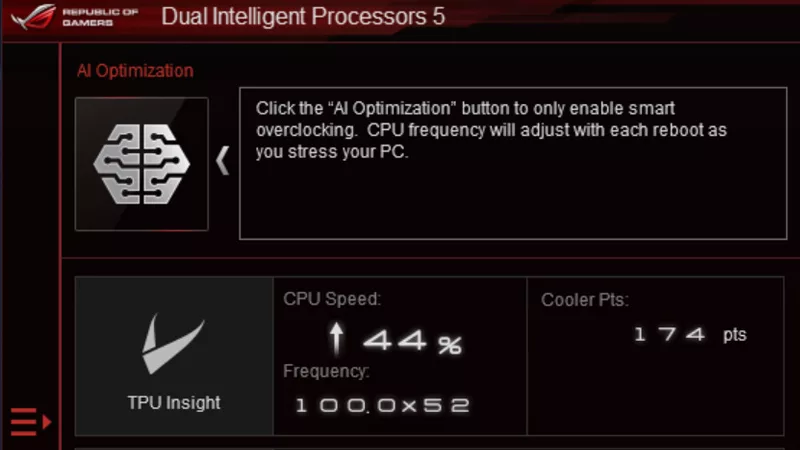
How to overclock your system using AI Overclocking
AI Overclocking one-click tuning makes its debut on Z390 motherboards and we have a quick how-to guide to get you started.

HW GURUS win the ROG OC Showdown Team Edition 2
The results are in from our second ROG OC Showdown Team Edition. See who posted the top scores.
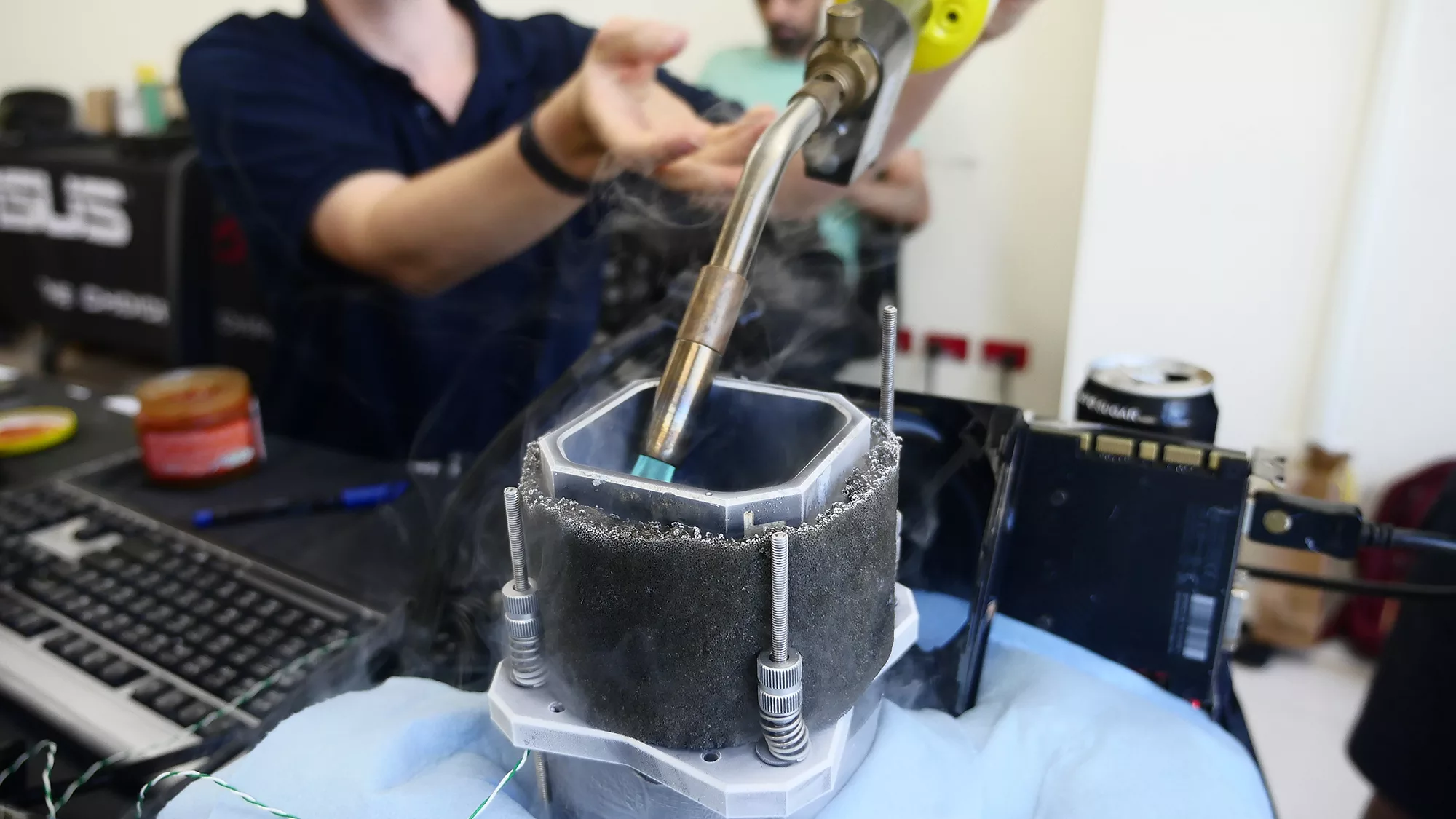
Breaking records with the Maximus X Apex and i7-8700K
ROG is obsessed with chasing the highest overclocks and fastest performance, and Coffee Lake is our new muse on the Maximus X Apex.
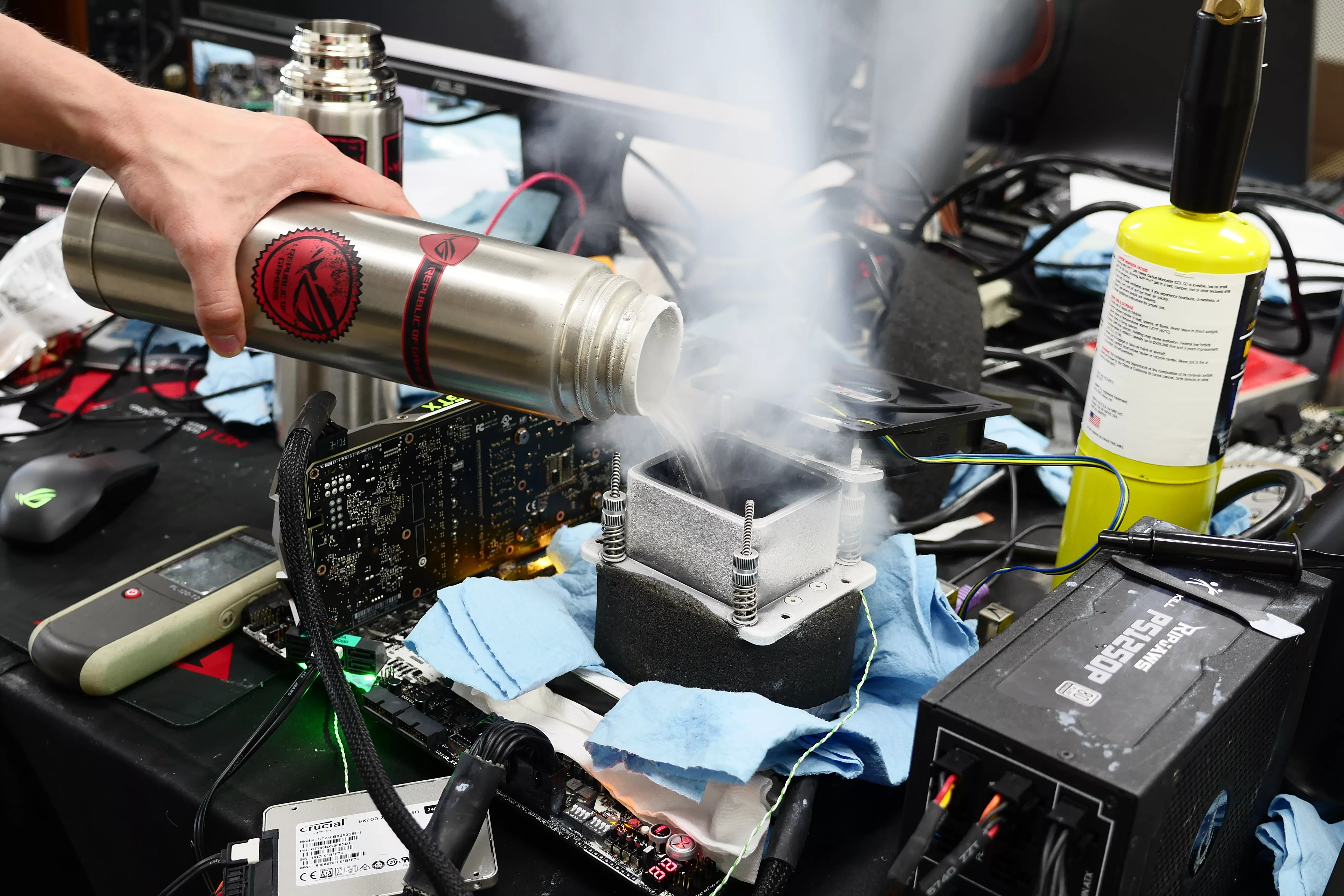
The Rampage VI Apex claims more performance victories with Intel's new Core i9-7940X and i9-7980XE
After dominating extreme overclocking with the first wave of Skylake-X CPUs, we've taken the latest 14- and 18-core models to sub-zero extremes.

